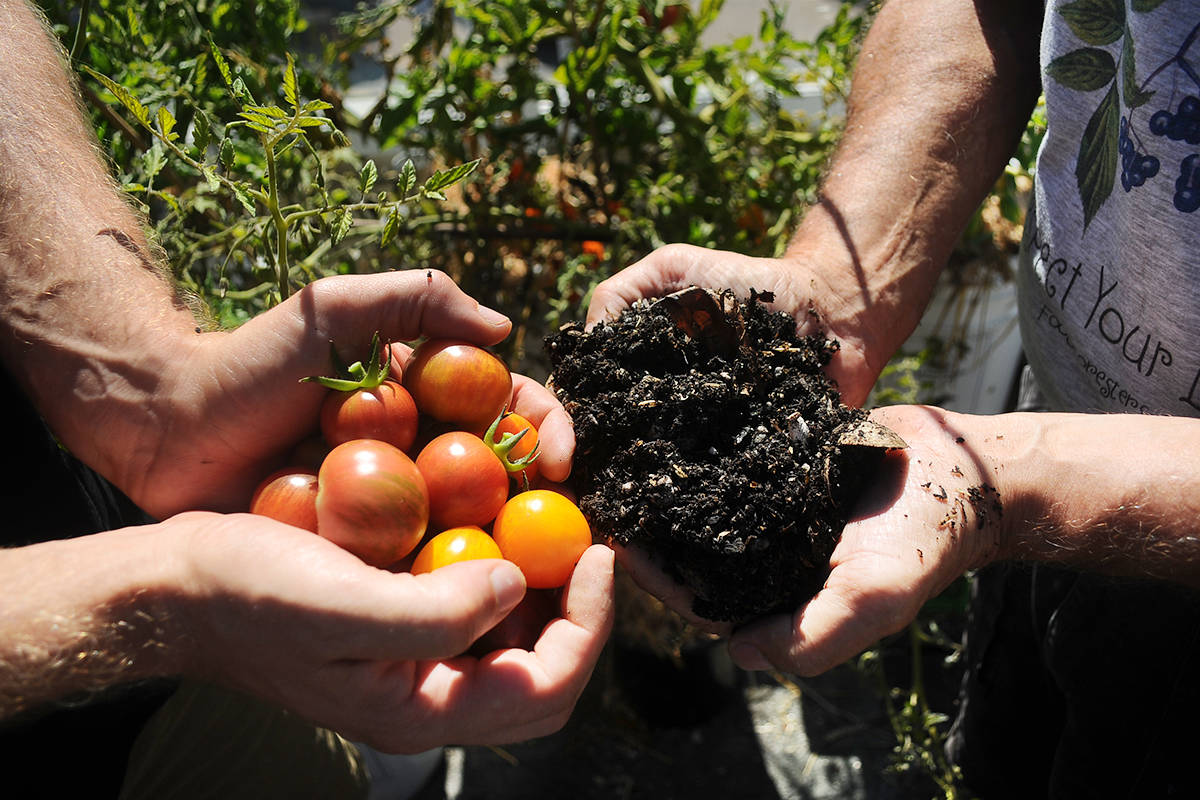
By: C. L. Bethke pH.D.
Growers have asked if PittMoss provides the same benefits as biochar in growing media. Does it do the same thing? The answer is yes, and a lot more! To understand the differences, we will first examine what the makeup of each material really is.
Biochar, which is nearly all burnt carbon, gets its name from the biomass that is partially burned and charred. It is the modern name for a type of charcoal that has been used in agriculture for as long as humans have grown plants. While it sometimes provided value, other times it actually did damage. Today, many consider it an amendment that can enhance a growing media when added to a blend. Biochar is produced by pyrolysis, a decomposition process that involves burning cellulose-based materials at moderately high temperatures (450 to 900°F) with limited oxygen. This process recrystallizes some of the carbon to a persistent and non-labile form that is resistant to decay and dispels the liquids and volatile organic compounds.
The base materials that commercial producers such as energy and biogas companies use to create agricultural biochar are typically waste cellulose, wood waste, manures, and plant residues. Qualities and characteristics vary considerably among sources due to variations in processes and raw materials. The chemistry and nutrient value of each source is different. For instance, most biochar is very alkaline with pH levels above 9.0 and may contain very high soluble salts, especially in the finer particles. Meanwhile, others can have a nearly neutral pH (7.0) and contain little nutrition and soluble salts.
The structure and physical properties can also vary considerably. Particle sizes are often a result of the feed-stock and processing methods used. The impact on the biology when blended into a substrate also varies highly by source. To elaborate, some biochar applications have shown improved biological activity, while others have shown no effects. While biochar is a carbon source, much of the carbon is not in a form available to microbes and is persistent (similar to the carbon in coal). Typically, only a small amount is available (labile) for use by microbes. Biochar is acclaimed for sequestering carbon, which is held in the soil over a long period, but only about half of the carbon remains after processing. Then, about half of that remaining carbon is eventually consumed by microbes, leaving about one quarter or less of the original plant carbon as persistent carbon in soil. That is roughly the same as when fresh organic matter is decayed in the soil and residue remains. As for the appearance, some growers like the dark coloration it lends to a blend, while others do not like the black dust.
PittMoss is also a carbon-based material that is primarily produced from repurposed, recycled plant fibers, most often derived from newspaper and cardboard. The cellulose is finely fiberized and then reformatted into uniquely engineered particles that possess a structure composed of both internal and external surfaces with a high capacity for holding water and air. The vast surface area of these cellulosic fibers provide efficient nutrient absorption and allow for high concentrations of living microbes. PittMoss has an exceptionally high quantity of readily available (labile) carbon for microbes to use as their primary energy source. This labile carbon then forms the basis of the soil food web, providing sustenance for the microbes. Labile carbon is the foundation for “living soils,” where the nutrient cycling is dependent on microbial action. About 10 to 20% of the carbon in PittMoss is persistent, producing humus that, when blended, gives the soil a darkened appearance. Think of humic-acid as a nutrient carrier and delivery system. These qualities make PittMoss more effective than biochar at making nutrients available. It should be noted that pure crystalline carbon, as is present in washed or aged biochar, does not sequester or chelate nutrients.
The chart below compares PittMoss to Biochar in regards to the following properties.
|
PROPERTY |
PITTMOSS |
BIOCHAR |
|
| Physical | |||
| Moisture Holding | Three to five times dry weight |
Three to five times dry weight |
|
| Aeration | Extremely high inside and outside particles |
Moderate to low depending on particle size distribution |
|
| Density (Dry) | Low |
Low |
|
| Compact ability | Low to moderate |
Low |
|
| Friability | High to Moderate |
Highly pourable but ridged granules |
|
| Resilience over time | Medium |
Very High |
|
| Structure | Granular, pourable, mixable |
Granular, pourable, mixable |
|
| Chemical | |||
| pH | Near Neutral 6.5 to 7.5 |
Mostly alkaline 7.5 to 10.0 depending on process and feed stock |
|
| Soluble Salts | Very low to none |
Very low to very high, often have excesses especially potassium |
|
| Nutrient Balance | Naturally low without excesses |
Variable but very frequent potassium excesses |
|
| Cation Exc. Cap. | Very High |
High |
|
| Toxicities | Low in heavy metals and no toxicities. Soy Ink in paper prevents Heavy metals |
Occasional depending on raw material sources. Watch for heavy metals, sodium, and boron |
|
| Biological | |||
| Oxygen Infiltration | Easy and extensive |
Easy and extensive |
|
| Carbon Source | High concentrations of labile carbon (60-80% by weight) for microbes |
Lower concentrations of labile carbon (10-25% by weight) for microbes |
|
| Carbon/Nitrogen | Typically 30 carbon to 1 nitrogen |
As high as 600 carbon to 1 nitrogen |
|
| Microbial Colonization | Quick and balanced bacterial and fungal |
Moderate and often more fungal than bacterial. |
|
| Microbial Population | High activity and consistent growth |
Low to Moderate but long lasting |
|
| Microbial Housing | Infinite small pores for residence and persistence |
Resilient structure for persistence |
|
| Environmental | |||
| Compatible with Soils | Blends easily and does not separate |
Can separate when particles are large and dry |
|
| Influences on Runoff | Stays intact and holds in place while sequestering nitrogen and phosphorus |
Floats and runs off easily and sequesters very little |
|
| CO2 Sequestration | Holds carbon in cellulose structure |
Holds carbon in crystalline carbon |
|
| CO2 Emitted In Prod. | Less than 5% of carbon is emitted in production of PittMoss |
From 40 to 60% of the carbon is released in the formation of biochar |
|
| Esthetical | |||
| Color | Light grey & brown to medium gray & brown |
Black |
|
| Texture | Soft, irregularly granular, pliable, pourable |
Ridged coarse to fine, hard, sand to pebble-like |
|
| Smell | Pleasant earthy fragrance |
Burnt and dusty |
|
| Dust | Little or None |
Often very dusty |
|
| Handling | Light weight, pourable, easy to mix |
Light weight, pourable, mixable with effort |
|

Leave a reply
You must be logged in to post a comment.